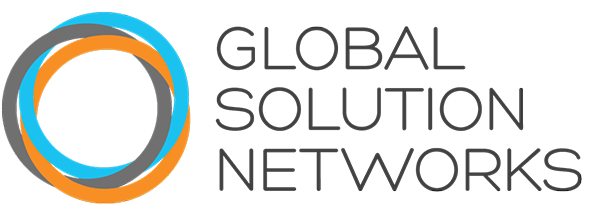Migration challenges the world’s cities and those locations that are advanced producers of services, have large economies, are international gateways, and are political and cultural hubs of international significance, have increasing migrant populations; equalling over a third of the population in, for example, Sydney, London and New York, and more than half in Dubai and Brussels.
With 244 million people migrating and 763 million dislocated in their home country, the one thing the migrants have in common was that the vast majority moved to an urban area. Internal migrants draw less attention in politics and planning than the international migrants. Those migrants move from their rural homes and settle in cities, yet statistics are limited, particularly in developing economies where better urban planning could contribute to sustainability and economic stability. The World Economic Forum’s new report on Migration and Cities covers the different types and causes of migration, with a particular focus on the impact on cities around the world and how they can be better prepared.
The report explores the types, causes and patterns of migration, the most affected corridors and cities, the impact on urban infrastructure and services, the practical solutions and how cities can future-proof themselves to address this growing challenge.
Meeting the needs of migrants and achieving long-term integration faces a perception problem around migrants and their community engagement, needed policy reforms, and the need for urban planning and responsive city leadership.
Preparing and planning for migration, the report emphasizes the role of local government in mainstreaming migration implementing integration measures through a GSN-style multi-stakeholder approach of migrant communities, international organizations, civil society and the private sector participating in decision-making forums and support cities by articulating their interests towards establishing their rights
“Migrants are drawn to cities in search of economic, social and creative opportunities. As this trend will continue, we hope this report will assist city leaders in identifying best practice solutions to address the most pressing challenges presented by migration and provide a more informed cities’ perspective for the forthcoming United Nations Global Compact for Safe, Orderly and Regular Migration,” said Alice Charles, Lead, Cities, World Economic Forum.
The report details 22 of the most affected cities around the world, including North America (Montreal, Ottawa, Calgary, New York, Boston), Latin America (São Paulo, Medellin), Middle East and North Africa (Dubai, Amman, Ramallah), sub-Saharan Africa (Cape Town, Dakar), Asia (Pune, Surat, Guangzhou, Davao City), Europe (Berlin, Athens, Paris, Amsterdam, Rotterdam) and Oceania (Auckland). Key migration challenges and solutions, as well as best practices, challenges and opportunities are summarized.
The top challenges throughout the study included:

The Sustainable Development Goals (SDGs) established in September 2015 recognize that migration will play an integral role and SDG 11 is specifically dedicated to cities: “Make cities and human settlements inclusive, safe, resilient and sustainable”.
Hazem Galal, Global Cities and Government Leader, PwC, said: “One of the biggest challenges faced by cities is integrating and offering services to migrants. By capitalizing on the skills migrants have to offer, cities can either enhance their competitiveness or increase the overall cost on their welfare system resulting from unemployment. By incentivizing private sector engagement and developing a working partnership, cities can ensure positive outcomes for migrants.”


